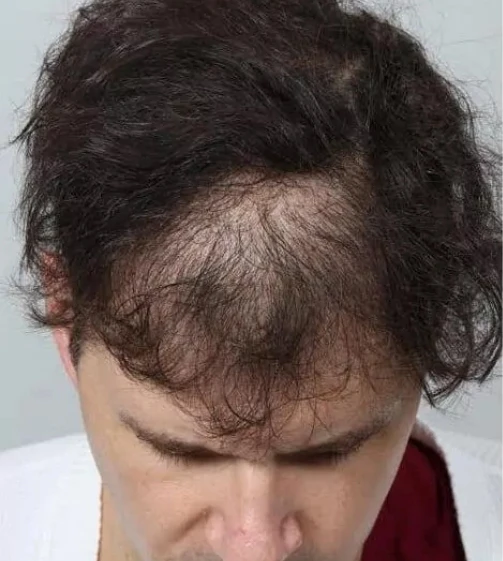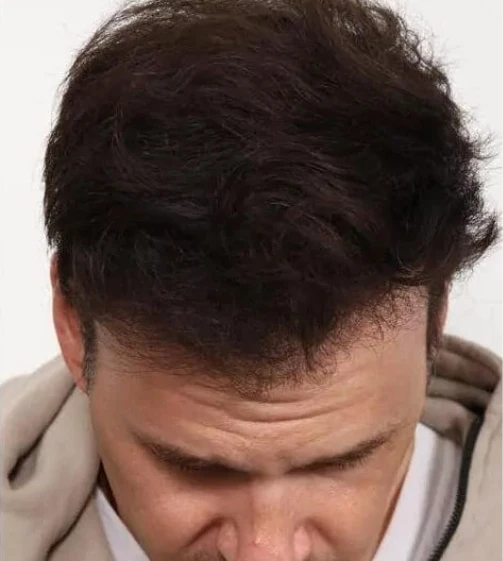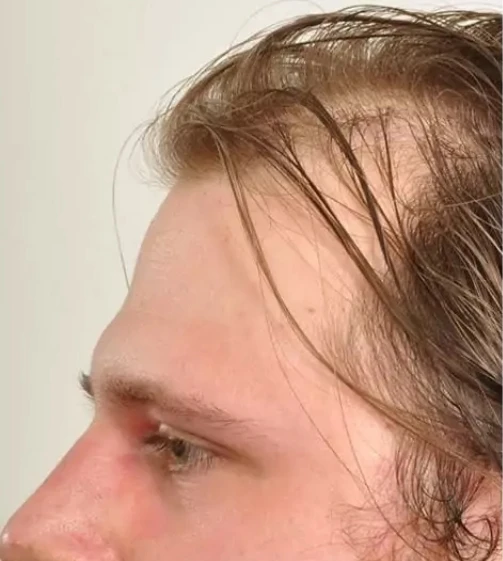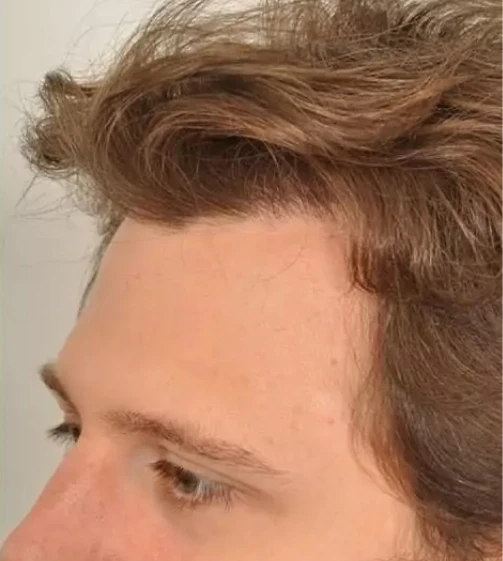Why Choose Us?
Why Choose Dr. Paul?
The most important reason to choose a surgeon is a connection with the artistry. Dr. Benjamin Paul is extremely dedicated to creating natural results that will stand the test of time. Dr. Ben Paul has performed thousands of hair transplants and routinely performs around 200 per year.
Dr. Ben Paul is your trusted partner in the journey to restore your hair and regain your confidence. With a deep understanding of hair growth, hair loss, and hair cycles, Dr. Paul combines scientific expertise with artistic precision to provide you with natural and lasting results.
The key to successful hair restoration lies in comprehending the intricacies of the hair follicle, which is responsible for hair growth. Dr. Paul recognizes that hair follicles can contain anywhere from one to four hairs, with an average of 2.3 hairs per follicle. This natural grouping allows for tailored solutions, with single-hair follicles carefully placed to restore a natural hairline and multiple-hair follicles strategically positioned for density.
One of Dr. Paul’s remarkable abilities lies in controlling the exit angle of the transplanted hairs, ensuring that they blend seamlessly with your existing hair, resulting in both natural and artistic outcomes.
Understanding the root causes of hair loss is essential for effective treatment. Androgenic alopecia, often referred to as male or female pattern hair loss, is the most prevalent culprit. It’s a genetically predetermined, hormonally influenced condition that progressively leads to hair thinning and loss. While it manifests differently in men and women, with men experiencing receding hairlines and women dealing with widening parts, the root cause is the same: a lack of hair growth and a decrease in hair shaft diameter, known as miniaturization.







